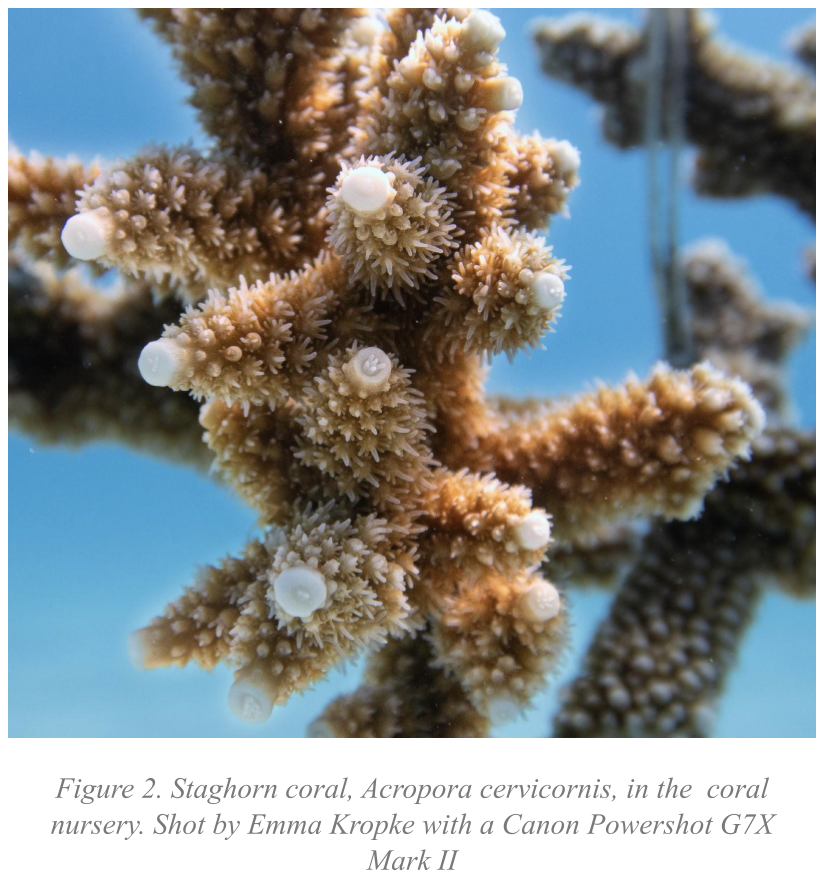(1) Coral Basics | Flower Garden Banks National Marine Sanctuary. (n.d.). https://flowergarden.noaa.gov/education/coralbasics.html#:~:text=ee%2Dan)%20corals-,Coral%20Polyps,like%20a%20miniature%20sea%20anemone.%20(
(2) Coral Digest. (n.d.). Microplastics in Our Reef Ecosystems. Retrieved August 22, 2024, from http://coraldigest.org/index.php/Microplastics#cite_note-howard-7
(3) NOAA Coral Reef Conservation Program. (n.d.). Coral Facts. Retrieved August 22, 2024, from https://coralreef.noaa.gov/education/coralfacts.html#:~:text=Hard%20corals%2C%20also%20known%20as,the%20primary%20reef%2Dbuilding%20corals.
(4) Howard, J. (2019, June 25). These corals choose to eat plastic over food. Environment. https://www.nationalgeographic.com/environment/article/these-corals-choose-to-eat-plastic-over-food
(5) Mendrik, F., Henry, T., Burdett, H., Hackney, C., Waller, C., Parsons, & Hennige, S. (2021). Species-specific impact of microplastics on coral physiology. Environmental Pollution, 269, 116238. https://doi.org/10.1016/j.envpol.2020.116238
(6) Pantos, O. (2022). Microplastics: impacts on corals and other reef organisms. Emerging Topics in Life Sciences, 6(1), 81–93. https://doi.org/10.1042/etls20210236
(7) Plastic, a danger to coral reefs. (2019, March 15). Encyclopedia of the Environment. https://www.encyclopedie-environnement.org/en/zoom/plastic-a-danger-to-coral-reefs/#:~:text=In%20areas%20polluted%20by%20plastic,plastic%20pollution%20in%20the%20oceans
(8) 9 Ways To Reduce Your Microplastic Pollution & Consumption | Perch Energy. (n.d.). https://www.perchenergy.com/blog/lifestyle/reduce-microplastic-pollution-consumption










